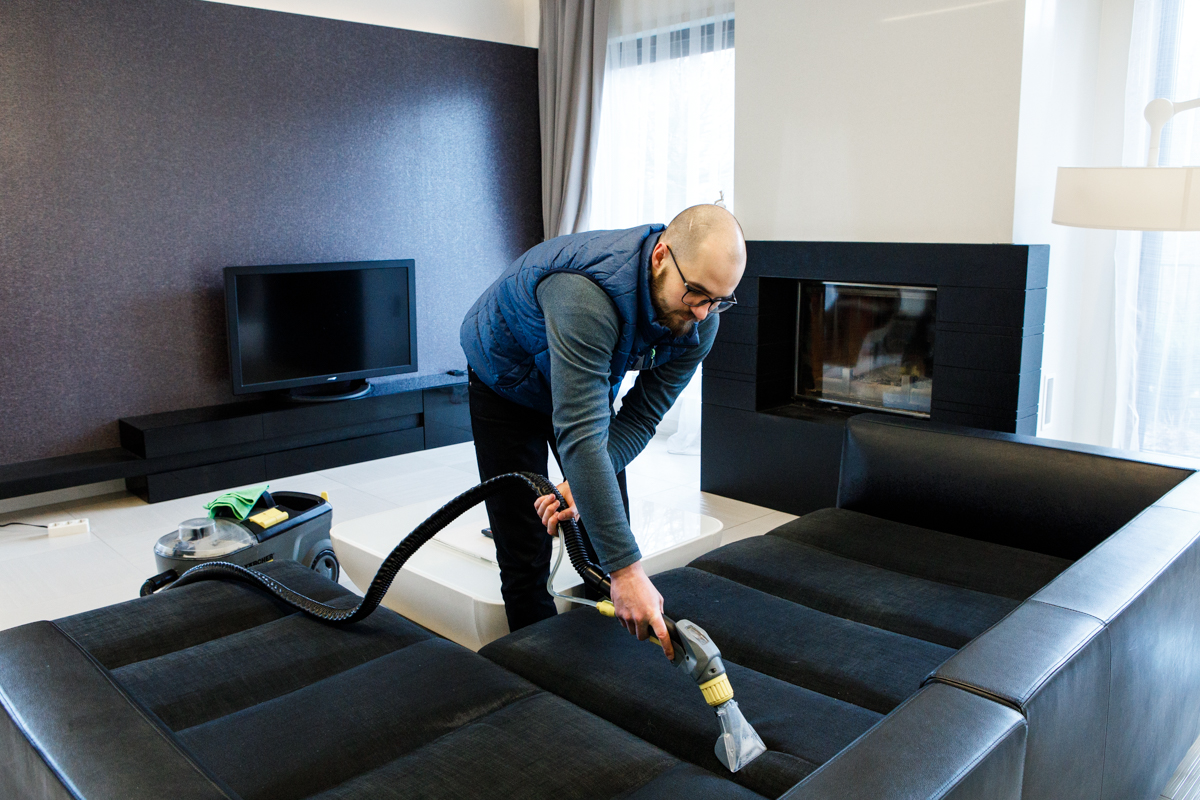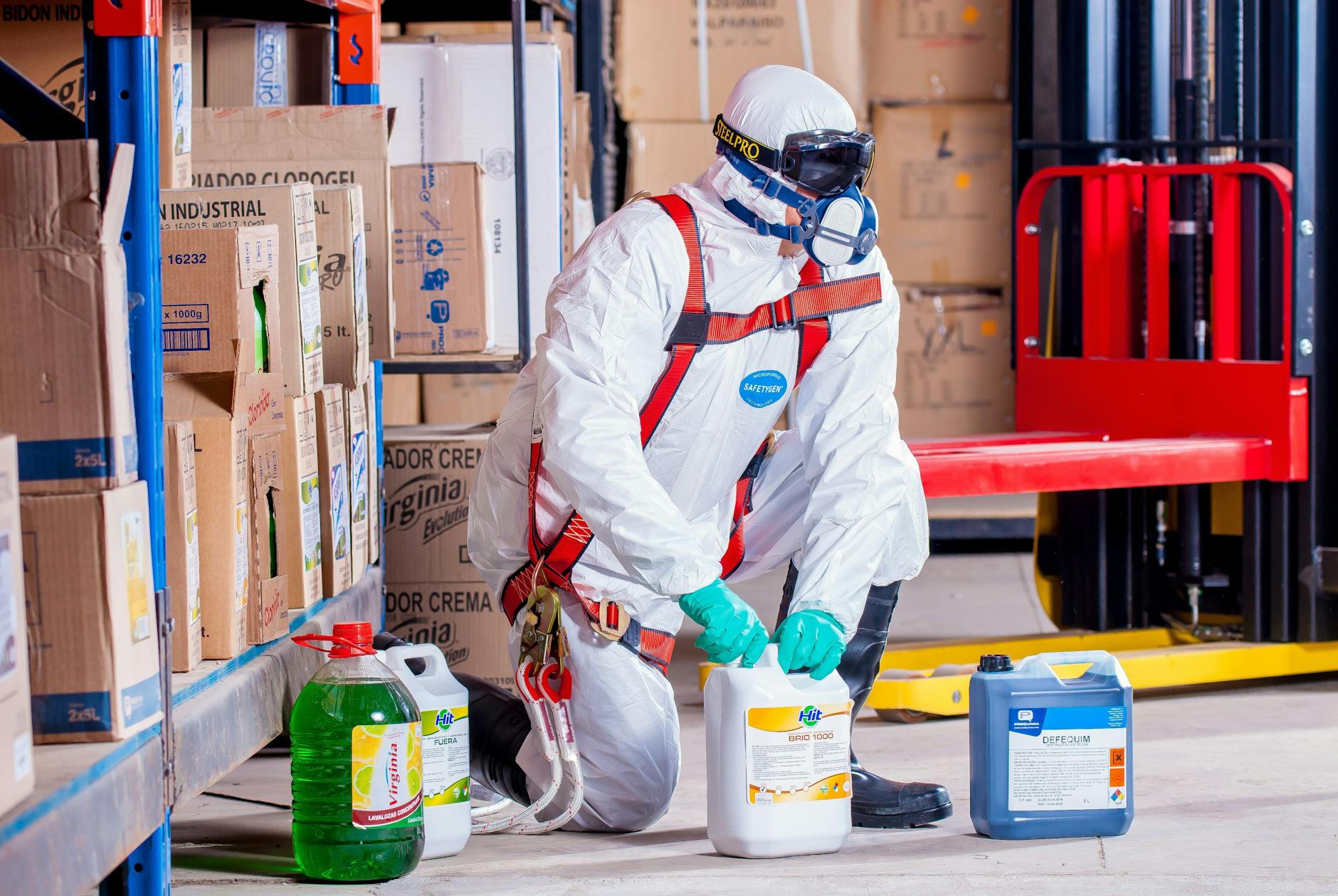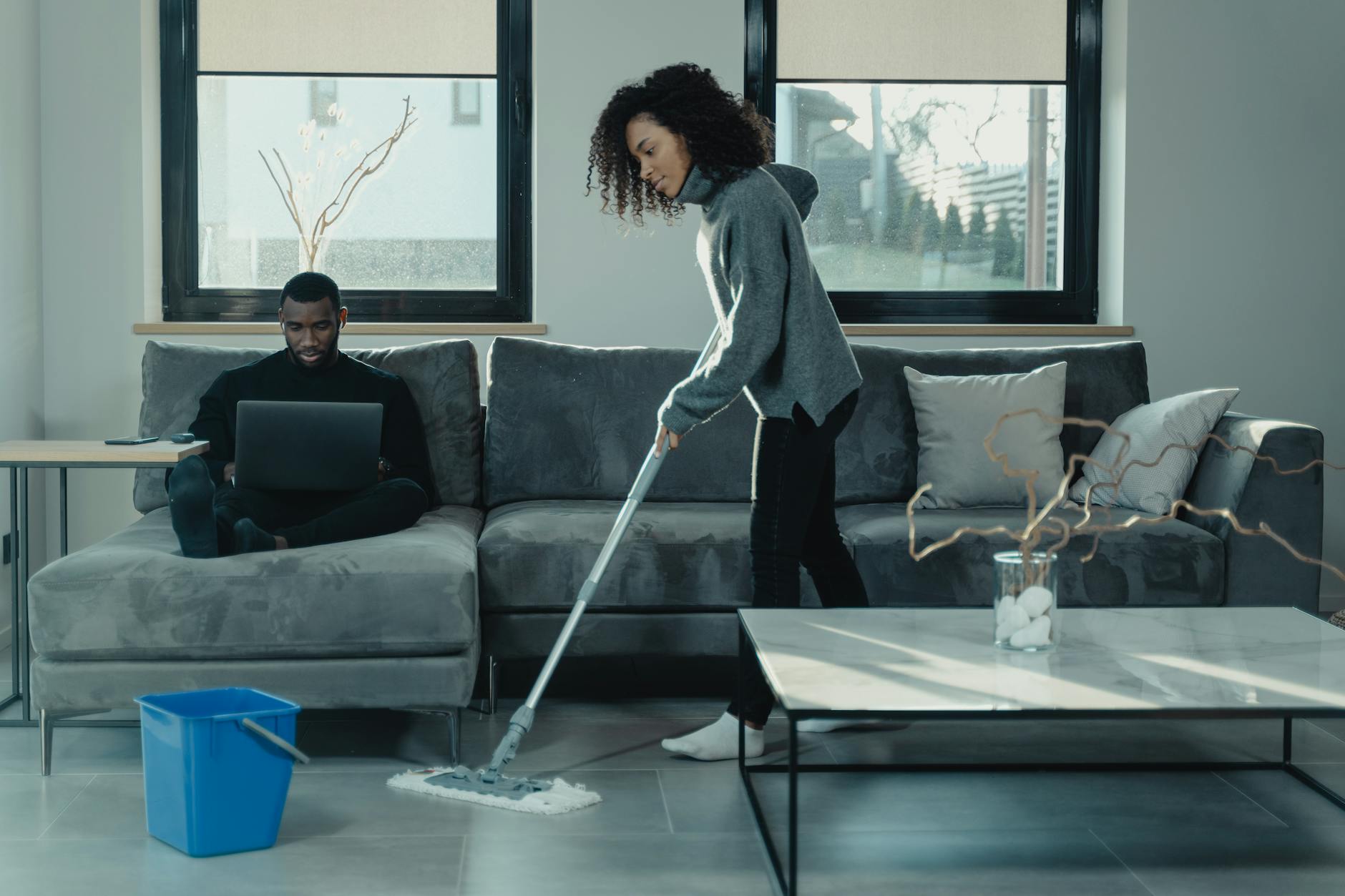How to Shampoo and Clean a Couch at Home
Maintaining a clean and fresh couch is essential for both hygiene and the longevity of your furniture. Over time, sofas accumulate dirt, dust, allergens, and stains that can make them look worn and uninviting. Regular cleaning not only keeps your couch looking its best but also contributes to a healthier living environment. Shampooing your couch is a highly effective method for deep cleaning, as it penetrates the fabric to remove embedded grime that vacuuming alone can’t handle.
This guide will walk you through the process of shampooing your couch by hand, providing tips for different fabric types, alternative cleaning methods like steam cleaning, and maintenance advice to keep your sofa looking pristine for years to come.

1. Understanding Your Couch Material
Before you begin shampooing, it’s crucial to understand the material of your couch. Different fabrics require different cleaning methods, and using the wrong technique can damage the upholstery.
-
Identifying Fabric Type: Common couch fabrics include microfiber, leather, cotton, polyester, and velvet. Each has unique characteristics that affect how they should be cleaned. For example, leather requires a different approach than microfiber to avoid damage.
-
Reading Manufacturer’s Instructions: Always check the care label on your couch for specific cleaning recommendations. The label may indicate whether water-based cleaning (W) or solvent-based cleaning (S) is appropriate, or if dry cleaning is required (X).
-
Testing for Colorfastness: Before applying shampoo across the entire couch, perform a spot test on an inconspicuous area to ensure the fabric’s color won’t fade or bleed. Dab a small amount of the shampoo solution onto the area and blot with a white cloth to check for any discoloration.
2. Preparing Your Couch for Shampooing
Proper preparation is key to achieving the best results when shampooing your couch.
-
Vacuuming the Couch: Start by thoroughly vacuuming your couch to remove loose dirt, dust, and pet hair. Use a vacuum cleaner with an upholstery attachment to reach into crevices, seams, and cushions. This step prevents dirt from turning into mud when you apply the shampoo solution.
-
Treating Stains: If your couch has visible stains, treat them before shampooing. You can use a commercial stain remover or a DIY solution like a mixture of baking soda and water or vinegar and water. Apply the stain remover to the affected area, let it sit for a few minutes, then blot with a clean cloth. Be careful not to rub the stain, as this can push it deeper into the fabric.
3. How to Shampoo a Couch by Hand
Shampooing your couch by hand allows you to carefully clean each section of the fabric, giving you more control over the process.
-
Choosing the Right Upholstery Shampoo: Opt for a pH-balanced, fabric-safe shampoo that is specifically designed for upholstery. Popular brands like Bissell, Hoover, and Resolve offer reliable products that are widely available. Ensure that the shampoo is suitable for your couch’s fabric type by checking the label.
-
Mixing the Shampoo Solution: Follow the instructions on the shampoo bottle to mix the solution. Typically, you’ll dilute the shampoo with lukewarm water. The exact ratio depends on the product, but a common guideline is one part shampoo to four parts water. Lukewarm water helps the shampoo to penetrate the fabric without damaging it.
-
Applying the Shampoo: Dip a soft-bristled brush or a sponge into the shampoo solution and gently apply it to the couch, working in small sections. Use even, circular motions to ensure that the shampoo is evenly distributed. Avoid oversaturating the fabric, as too much moisture can lead to mold or mildew growth.
-
Scrubbing and Cleaning: After applying the shampoo, use the brush to gently scrub the fabric. Focus on areas that appear dirtier or have stains. Be sure to use gentle pressure to avoid damaging the upholstery. For heavily soiled areas, you may need to repeat the process.
-
Rinsing and Drying: Once you’ve finished scrubbing, wipe down the couch with a clean, damp cloth to remove any remaining shampoo residue. It’s important to remove as much moisture as possible to prevent watermarks or mold. To speed up the drying process, you can use fans, open windows, or even a hairdryer set on a cool setting. Allow the couch to dry completely before using it again.
4. Alternative Methods: Using a Steam Cleaner
Steam cleaning is another effective method for deep cleaning a couch, particularly for fabrics that can tolerate moisture and heat.
-
Pros and Cons of Steam Cleaning: Steam cleaning uses hot water vapor to lift dirt and grime from upholstery. It’s a faster method compared to hand shampooing and is especially effective at killing bacteria and allergens. However, not all fabrics are suitable for steam cleaning, so it’s important to check the care label first.
-
How to Use a Steam Cleaner on Upholstery: If you decide to use a steam cleaner, fill the machine with water and the recommended cleaning solution. Start by pre-treating any stains, then slowly move the steam cleaner across the couch, allowing the steam to penetrate the fabric. Be careful not to over-wet the fabric, and always follow the manufacturer’s instructions for your steam cleaner.
5. Maintaining Your Clean Couch
After shampooing your couch, adopting a regular cleaning routine will help keep it in top condition.
-
Regular Cleaning Schedule: Vacuum your couch weekly to remove surface dirt and dust. For heavily used sofas, consider deep cleaning every three to six months. Lightly used couches can be deep cleaned once a year.
-
Protecting Your Sofa: Consider using a fabric protector spray to guard against future stains. Slipcovers can also provide an extra layer of protection, especially in households with pets or young children. To prevent fading and wear, rotate cushions regularly and keep your couch out of direct sunlight.
6. FAQs
-
How often should I shampoo my couch?
- It’s recommended to shampoo your couch every 6 to 12 months, depending on how frequently it’s used and whether you have pets or small children. Regular vacuuming in between deep cleans can extend the time between shampooing sessions.
-
Can I use carpet shampoo on my sofa?
- While carpet shampoo might be effective, it’s generally better to use a product specifically designed for upholstery. Carpet shampoos may be too harsh for delicate fabrics and could cause discoloration or damage.
-
What should I do if my couch doesn’t dry completely?
- If your couch remains damp after cleaning, try placing fans nearby to circulate air or use a dehumidifier in the room. Avoid using the couch until it’s fully dry to prevent mold and mildew growth.
-
Is it safe to shampoo a leather couch?
- Leather requires special care and should not be cleaned with traditional upholstery shampoo. Instead, use a leather cleaner and conditioner to keep the material soft and free from cracks.
-
How can I prevent water stains when cleaning my sofa?
- To avoid water stains, make sure to use a well-wrung-out cloth when wiping down your couch. After cleaning, blot excess moisture with a dry towel and allow the couch to air dry completely.
-
Can I make homemade upholstery shampoo?
- Yes, you can create a homemade upholstery cleaner using ingredients like mild dish soap, white vinegar, and warm water. However, always test any homemade solution on a small, hidden area of your couch first.
-
What’s the best way to remove pet odors from my couch?
- To remove pet odors, sprinkle baking soda over the couch, let it sit for at least 15 minutes, then vacuum it up. For persistent odors, use an enzymatic cleaner designed to break down the organic compounds responsible for the smell.















